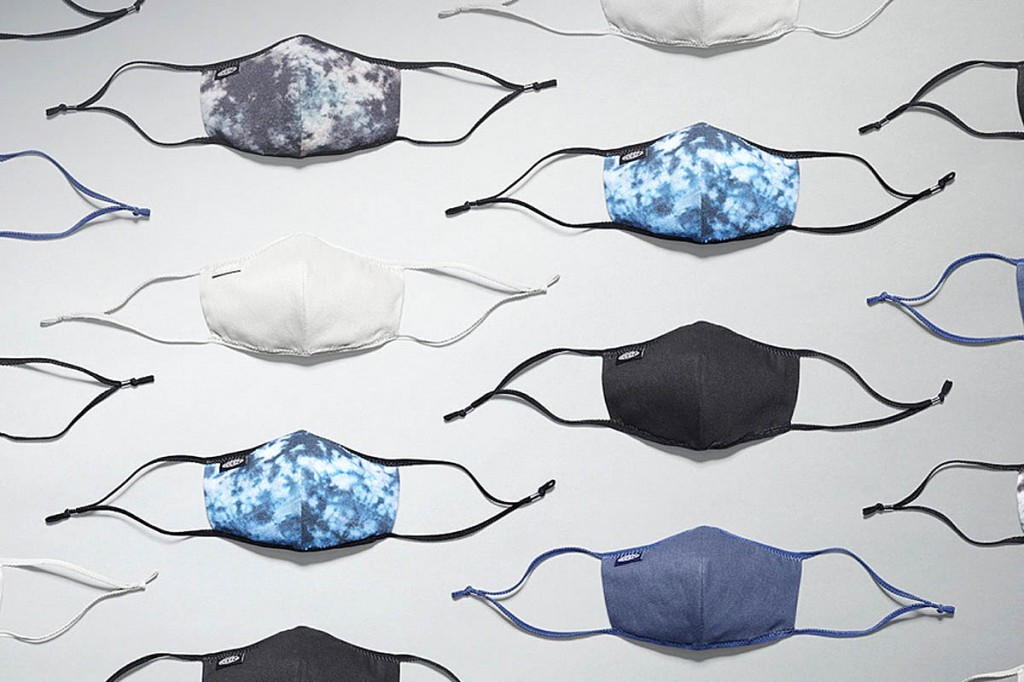Authors: Caitlin M. Dugdale, MD1,2; Rochelle P. Walensky, MD, MPH
In March 2020, the soaring number of severe acute respiratory syndrome coronavirus 2 (SARS-CoV-2) infections resulted in an unprecedented shortage of personal protective equipment (PPE) for clinicians and essential health care workers.1 The shortage was most profound among N95 masks. N95 respirators, named for their ability to filter 95% or more of tiny 0.3-μm particles, are the mainstay of protection against airborne pathogens.2 Airborne transmission results from contact with infectious particles contained within small (<5 μm) droplet nuclei (ie, aerosols) that can linger in the air for hours and be dispersed over great distances.2 In contrast, SARS-CoV-2 is primarily spread by large (>5-10 μm) respiratory droplets that can be expelled up to 6 feet horizontally and drop to the ground within seconds, against which surgical masks generally offer adequate protection.2,3 Nonetheless, the Centers for Disease Control and Prevention recommends that health care workers use N95 masks when caring for patients with confirmed or suspected coronavirus disease 2019 (COVID-19) out of concern for airborne transmission, particularly during exposure to procedures that produce high concentrations of aerosols (eg, intubation, extubation, noninvasive ventilation).2 To mitigate the shortage of N95 respirators, many health care facilities are pursuing nonstandard approaches to maintaining an adequate supply, including mask decontamination and reprocessing for reuse, which extend the wearable life of the mask beyond the expiration date, and procuring KN95 masks (N95 masks that are regulated in China).
For More Information: https://jamanetwork.com/journals/jamainternalmedicine/fullarticle/2769441
